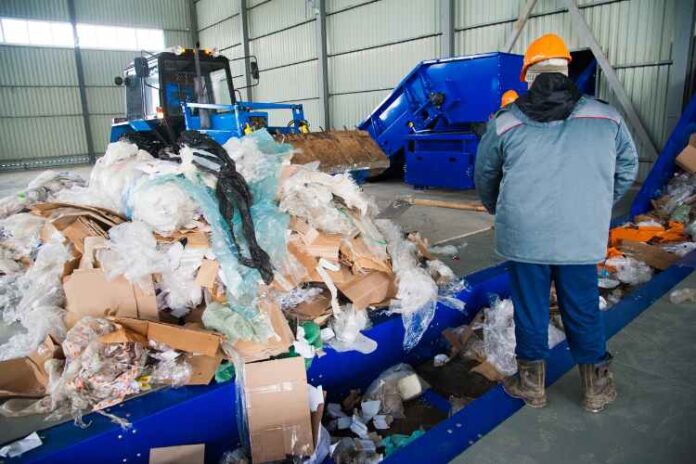Are you using wasteful lean manufacturing practices? Lean manufacturing centers on the idea that manufacturing methods should be reshaped so that waste is reduced.
Waste is anything that slows production down, making it less ideal. You can avoid mistakes through some simple analysis and improvements in the workflow but not without understanding what lean waste looks like.
In this article, we’re going to highlight 7 wastes of lean manufacturing before getting into some that you may be experiencing. Keep reading to learn more.
1. Transportation
In many lean manufacturing facilities, transportation is one of the most wasted resources. This occurs when materials are moved around the facility without a purpose or when the movement of materials does not contribute to the product’s value.
Some ways to avoid waste in transportation include ensuring that materials are properly staged and ready for transport, using the most efficient route possible, and avoiding unnecessary handling of materials. In addition, proper documentation and tracking of transportation can help to identify areas of improvement.
2. Inventory
It refers to any material that is not being used in the manufacturing process and is taking up space that could be used for other purposes. This includes raw materials, work in progress, and finished goods.
Once these causes are identified, manufacturers can put into place lean manufacturing principles and practices that will help to eliminate waste and improve profitability.
3. Motion
This is because, in a lean manufacturing environment, there is often a need for workers to perform tasks that are not directly related to the production process. Workers may need to move materials from one part of the factory to another, or they may need to waste time walking to and from the production line.
To reduce waste of motion, it is important for companies to carefully consider the layout of their factory floors. They should also invest in quality equipment that can help workers move materials quickly and efficiently.
4. Waiting Time
This can be waiting for materials, information, equipment, or for people. This waste can cause delays in production and lead to frustration and loss of productivity. There are ways to minimize this lean manufacturing waste through better communication and planning.
5. Overproduction
Overproduction is considered a waste because it leads to the production of items that are not needed by the customer, which ultimately results in inventory and storage costs. It causes stock-outs of other items because production has been diverted to items that are not in demand. This can result in defects due to rushed and careless work.
6. Over-processing
This can happen when there are too many steps in the process, when unnecessary features are added, or when poor-quality materials are used. Overprocessing can also occur when cycle times are too long or when there is too much inventory.
7. Defects
They can be caused by a variety of factors, including human error, machine error, or a combination of both. Lean manufacturing defects can have a major impact on the quality of a product and can lead to increased costs and production delays.
To have a better understanding of such wastes in lean manufacturing, you can also check www.theleansixsigmacompany.co.uk/lean-manufacturing/.
Learn and Avoid the 7 Wastes of Lean Manufacturing
The 7 Wastes of Lean Manufacturing are a major cause of inefficiency and poor quality in manufacturing. They are overproduction, waiting, transportation, motion, inventory, defects, and non-utilized talent. By understanding and addressing these wastes, manufacturers can significantly improve their efficiency and quality.
To explore more informative articles, visit our main blog.


